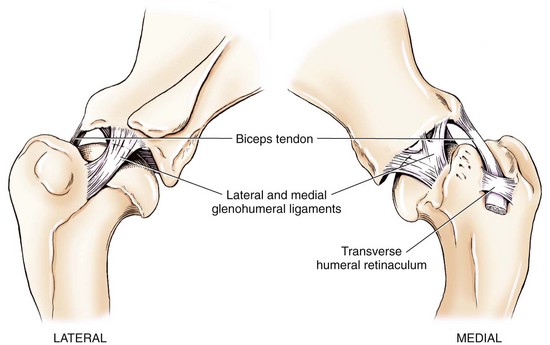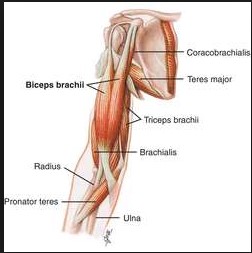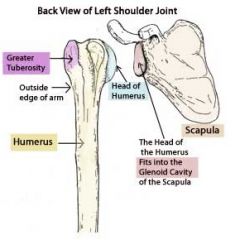Bicipital Groove Canine

Vet comp ortho traum 12 4 188 195 vetmedresource.
Bicipital groove canine. The biceps brachii originates in the supraglenoid tubercle of the scapula passes through the intertubercular groove and inserts on the medial and proximal aspect of the. The biceps tendon originates from the front part of the scapula shoulder blade. What is biceps tendinopathy canine. Bicipital tenosynovitis is inflammation of the origin of the biceps tendon and its surrounding tendon sheath.
The biceps tendon is kept in place by the transverse humeral ligament. Bardet j f 1999 lesions of the biceps tendon diagnosis and classification. It also transmits a branch of the anterior humeral. The shoulder joint can move in flexion extension abduction and adduction through quite a wide range.
Javma 207 2 201 7 pubmed. Complications related to medical treatment were not detected. Ab medical records of 23 dogs with unilateral and 3 dogs with bilateral chronic bicipital tenosynovitis were reviewed. The bicipital groove intertubercular groove sulcus intertubercularis is a deep groove on the humerus that separates the greater tubercle from the lesser tubercle the bicipital groove lodges the long tendon of the biceps brachii between the tendon of the pectoralis major on the lateral lip and the tendon of the teres major on the medial lip.
Is useful to exclude any concurrent shoulder injury and can show obvious mineralisation within the bicipital groove where the biceps tendon inserts. A retrospective study of 25 cases in 23 dogs and one cat. Ultrasound allows assessment of the soft tissue components of the biceps tendon and comparison of pathology from one shoulder to the other. The biceps brachii muscle passes from the superior rim of the glenoid fossa over the head of the humerus and through a synovial sheath in the intertubercular groove.
A seroma developed in 1 of the 10 dogs in which tenodesis was performed by laterally transposing the biceps tendon through a hole in the greater tubercle.
















